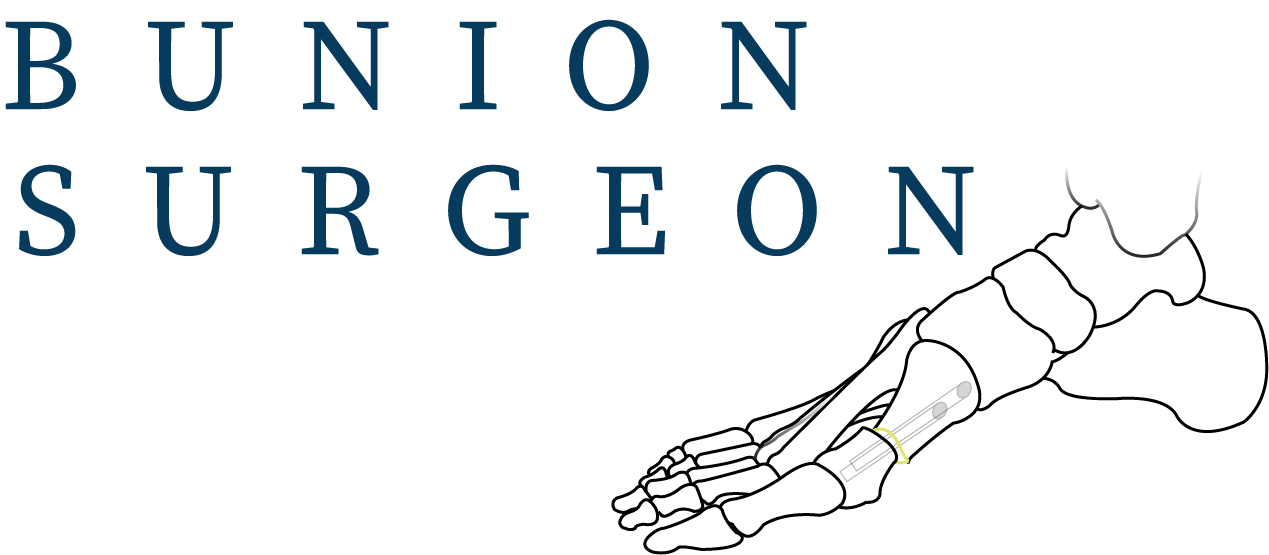

Surgery Options for Big Toe Joint Stiffness
Date published: 2024-09-26
In most cases, you do not need surgery for big toe joint stiffness, a condition that is also referred to as hallux rigidus. Your foot and ankle specialist might however ask you to get it surgically operated if other treatments are not able to relieve your symptoms. Surgery is also suggested in cases where the hallux rigidus is making it hard for you to take part in your daily activities. X-rays will be carried out to confirm the extent of the damage in order for your surgeon to determine which surgery option would be most appropriate.
Surgery may include:
Cheilectomy
With a cheilectomy, your big toe has more room to bend. In this case, the surgeon shaves down the bone growths or spurs on the MTP (metatarsophalangeal) joint to help it move better and relieve the pain you are experiencing over there.
Osteotomy
In this case, the surgeon will cut your toe bones so that they can shorten or realign the big toe which has been affected by the problem.
Arthroplasty
The procedure of arthroplasty can be defined as one where your joints are replaced. In this case, the damaged bone in your MTP joint will be replaced by the surgeon and replaced with a spacer. The spacer is a donor tissue that is placed between the affected joint ends.
Arthrodesis
Arthrodesis can be explained as joint fusion. In this case, the damaged cartilage is removed by the surgeon, and the bones in the joint are joined together. This surgery provides you with a permanent solution but it could also restrict the extent to which you are able to move your big toe.
Complications arising from hallux rigidus surgery
As with all surgeries, hallux rigidus procedures have risks involved. This may include:
infection
misshapen toe recurrence which means that the problem is coming back
joint stiffness
long-term swelling
arthritis progression which means the problem is getting worse
Conclusion
The treatment that you need for hallux rigidus depends on the severity of the symptoms that you are experiencing in the condition and the reason why it happened. Your doctor might suggest several non-surgical ways to manage the problem first and they may be enumerated as below:
footwear changes
restricting your toe movement
pain relievers
icing
corticosteroids
foot soaks
If you wear shoes that have a lot of space for your toes it relieves the pressure that is otherwise put on the MTP joint in such cases.
Shoes with stiff soles are great at relieving pain. Your doctor might also ask you to use OTC (over-the-counter) pads to put in your shoe so that the big toe can be supported and its movement limited. OTC NSAIDs (non-steroidal anti-inflammatory medications) can also reduce the swelling and relieve the pain. You can also apply cold packs or ice on the big toe to relieve the symptoms. Corticosteroids can reduce the inflammation.